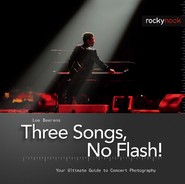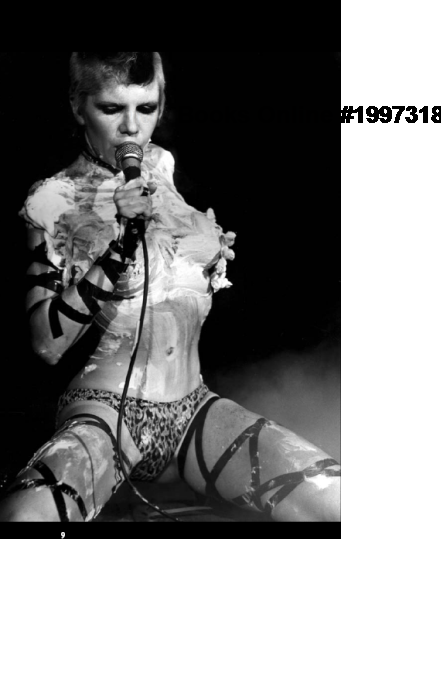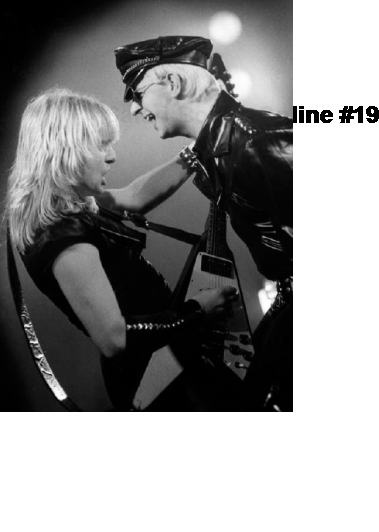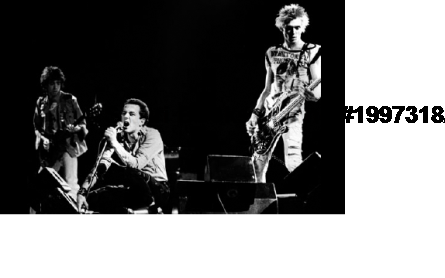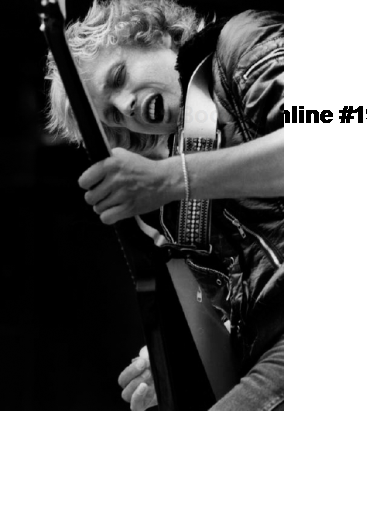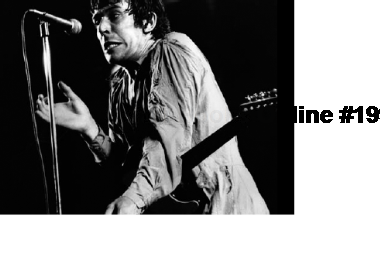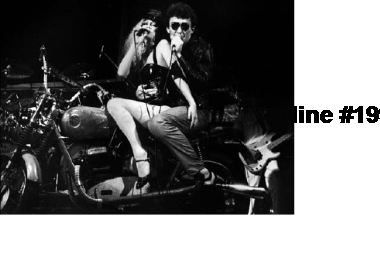The advent of digital photography is another reason why I enjoy my work now more than ever before. Concert photography requires high ISO values. In the 1970s, the fastest films available were Kodak Tri X and Ilford HP 5, both black and white films rated at ISO 400. We would push up the ISO value to 800, and sometimes even to 1600, when developing the film. There were various tricks to do this: overheat the developer, double the developing time, increase agitation, or a combination of these techniques. Apart from this, it also required a fair dose of good luck, as automatic or programmed light measurements were not yet an option.
Fortunately, the light shows of the 1970s were not programmed to move as fast as they do now, and, even more important, the lights didn't change color and pattern like the modern Vari-Lites. You did have some time to adjust the lighting on your camera. But still, a change from blue to red light would give you a transparent negative. Automatic focus did not exist, either. You therefore had to decide on your focal point in advance, just like a sports photographer, in order to capture the action. Since today's cameras are equipped with automatic lighting and focus, the chances of scoring a good shot have increased tremendously.
The more you know about music, the better shots you will make during a concert. Understanding the music gives you understanding and insight into the performance. When preparing for a job, the least you should do is listen to a CD of the artist in advance. I also recommend checking out YouTube, which is an excellent tool for concert photographers to prepare themselves for a show. In the early days, we had to guess what kind of outfit the artist would wear and how he or she would move around. This vital information is now available on YouTube, where you can find live footage of just about every artist. Time in the photo pit is precious. Most often, you'll only get to shoot during three songs or less! You don't want to waste the first minutes observing and deciding on the best angle for your shots.
The stage is not the only place where you can make photos of well-known artists. This is Bryan Adams playing solo during a CD presentation in front of an audience of approximately 200 people. As there was no big light show, I compensated for the lack of light by shooting a general view.
